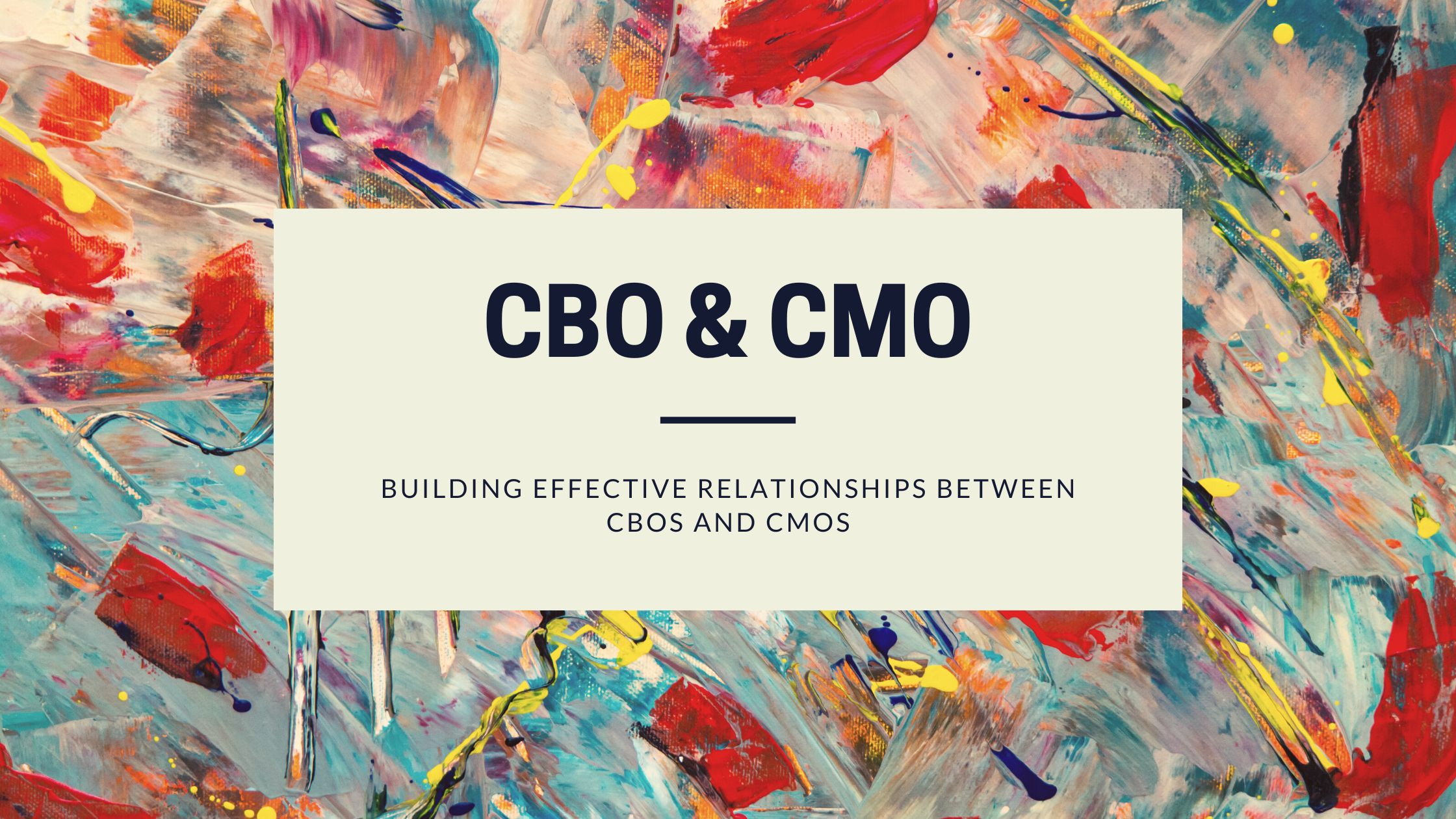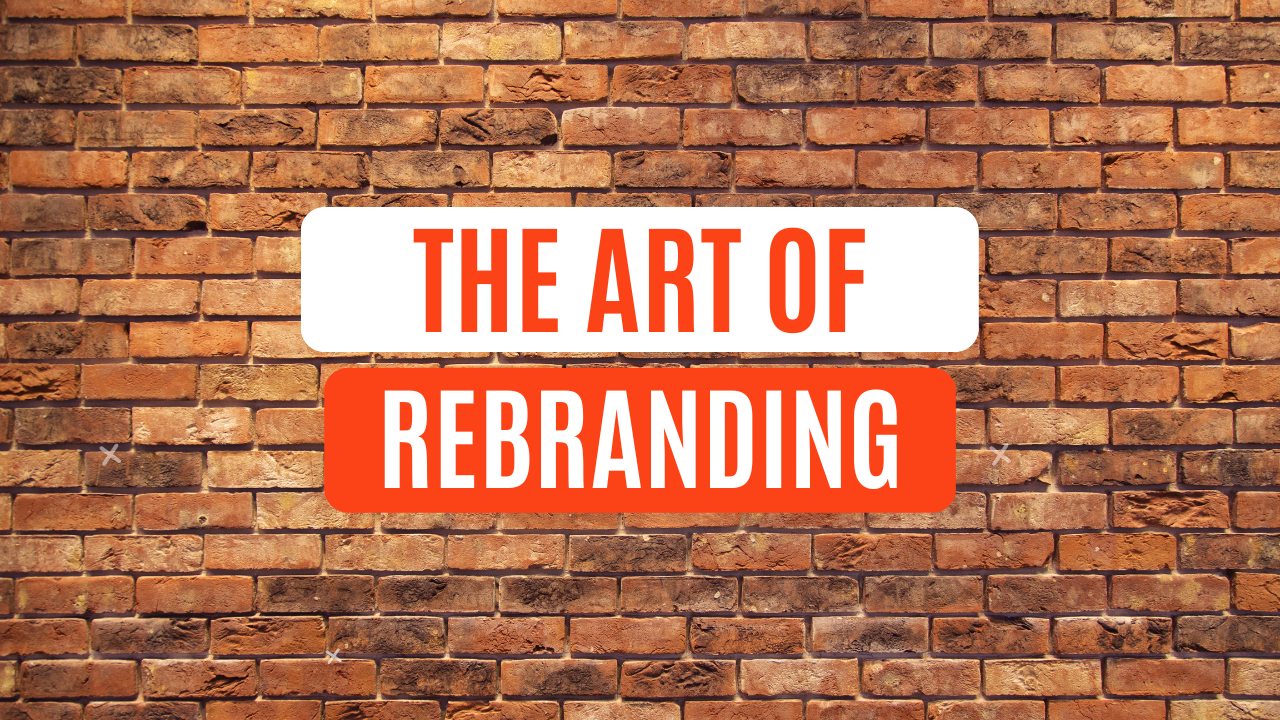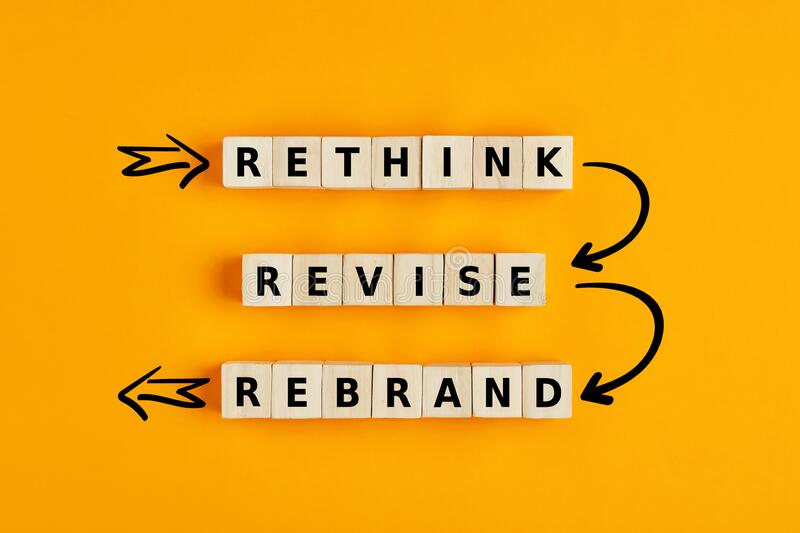First, let’s start with the basics of what the “Internet of Things” is. For years, the only information on the internet was captured and input by human beings. Recently, however, we’ve seen a surge in “smart” objects. From your fitness tracking wristband to lights in your home you can adjust with your phone, to a car with GPS and Wi-Fi, to a thermostat that learns when you are home and what your ideal temperature is, all of these items are connected to the internet, learning information, and inputting data on their own. There are increasingly large numbers of objects that connect to the internet on their own, and -from farming soil data to trains tracking when their own parts need servicing- they collect data, analyze it, and can improve efficiency and accuracy, and even provide economic benefit. It’s not simply about items that connect to the internet, it’s how those internet-connected items collect data, make autonomous decisions, and add benefit or value to your life.
While the explosion of IoT products is new, there has been talk of connected objects as far back as 1982’s Carnegie Mellon University’s programmers connecting a Coke machine to the internet, in order to see how much inventory was in the machine, and if the newly-loaded sodas were cold enough to drink yet. It is only just now that we are realizing the full extent of the possibilities afforded by the Internet of Things.
Mobile use outpaced desktop use in 2014, and that number continues to grow every year. Cisco estimates there will be more than 50 Billion internet connected objects by the year 2020. You can find smart technology everywhere, from the refrigerator that can remotely take a picture of it’s contents to a smoke and CO2 detector that tests itself, we are finding more ways to make user experience that much better, to collect even more insightful data, and in some areas even make the world a safer place. The four main ways IoT is currently being utilized are 1) process improvement, 2) client experience, 3) business transformation, 4) environmental stewardship.
But just because something can be smart doesn’t mean it has to be. What are the ways you can utilize the Internet of Things to build and enhance your brand? Hilton is making hotel doors you can unlock using your mobile device, which means never forgetting your room number or losing your room key again. Budweiser has made alarm-type lights that are synced with games and go off when a goal is achieved, enhancing the excitement and social nature of watching a game with friends.
How can your brand and advertising create incredible user experiences using IoT strategies? Look to replacing behaviors, not reinventing them. Start with insight that meets real human needs, and then finish with experiences. Often smart appliances are about making the human experience better, not replacing or removing it.
Build around what people want. Build customer relationships, with an eye toward positive brand experiences, and optimize products. Deliver the right content or experience to fit your brand. Taylor Swift’s 1989 tour featured LED wristbands, translucent silicone wristbands that lit up and changed color with the music, turning the stadium and the concert-goers into part of the show themselves. The NFL partnered with Zebra to record players via sensors in pads and receivers, tracking the individual distance, speed, and movement for each player in more than 330+ games during the 2015 season, which gave coaches and players invaluable insight on ways to improve performance.
Steps to creating more interesting brand experiences with IoT strategies:
Define: Identify a user-centric challenge to solve. The Internet of Things is full of companies with solutions looking for problems. This won’t bring people into your brand.
Ideate: Create a solution that provides new value.
Develop the offer: Map out ecosystem and interactions of product and services. You only have a limited time as a brand to be in someone’s life. Make sure the process is streamlined and in-line with your brand experience.
Plan for production: Identify resources and gap analysis.
How can you influence the moments that people are experiencing “in between” transactions?





